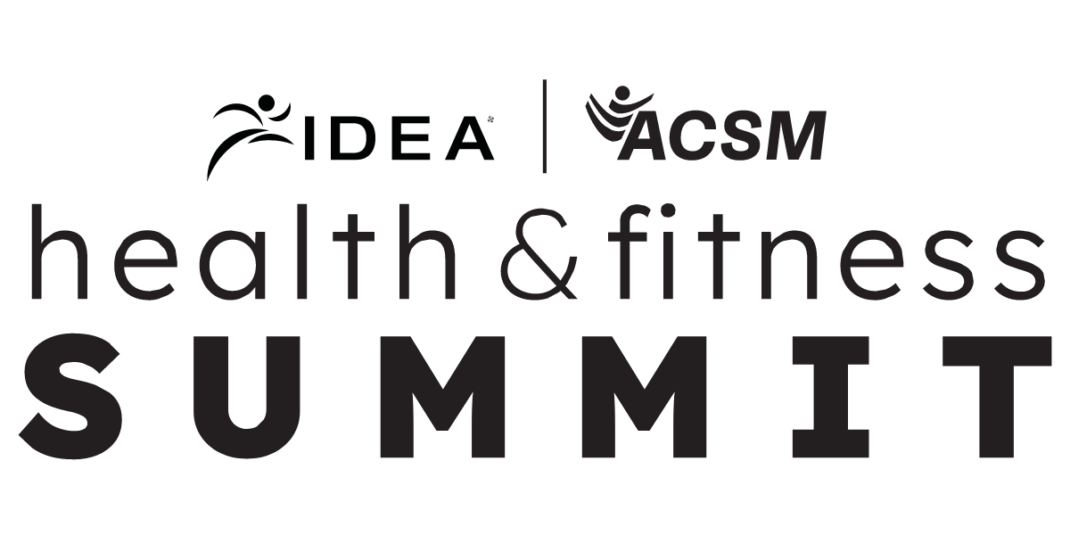Music and the Mind-Body Connection
Fitness professionals have long known that the right music can either rev up or relax their participants, but new research has revealed the depth of music’s power. As a result, healthcare professionals now use music to stimulate motor function in patients whose nerves have been impaired by stroke or Parkinson’s disease. Some farmers even play music to increase milk production among dairy cattle.
Scientists are taking a strong interest in the fact that music has such a powerful effect on us, both emotionally and physiologically. According to a study published in the journal Heart (2006; 92, 445–52), music tempo affects heart rate, respiratory rate and blood pressure and can be manipulated to encourage both arousal and relaxation. Consequently, investigators believe, music may be a valuable tool for promoting relaxation and recovery in those with cardiovascular disease.
Italian researchers studied 24 healthy subjects, 12 with no special music training and 12 with at least 7 years of music training. The investigators monitored heart rate, blood pressure and respiration during 2- and then 4-minute segments of slow classical, fast classical, dodecaphonic (no organized rhythm), techno, rap and raga music. Responses were also measured during a 2-minute interval of silence.
Data revealed that music with faster tempos and simpler rhythmic structures increased heart rate, respiratory rate and blood pressure. By contrast, slower music, as well as the 2-minute silent pause, induced relaxation. These results occurred with no active effort on the subjects’ part. Those with music training responded more quickly to the music’s rhythms; this was believed to be because musicians learn to synchronize their breathing with the musical phrase.
In another study, researcher Melinda Maxfield, PhD, found that rhythmic drumming of 4–41/2 beats per second, when sustained for at least 13–15 minutes, can induce a trancelike state by causing changes in brain wave frequency. This rhythm is similar to that found in shamanic drumming. The Maxfield study monitored the EEG responses of 12 participants as they listened to drumming tapes.
To learn more about the power of music and music research, see www.musictherapy.org, the website for the American Music Therapy Association, or visit www.bethabe.org/Music_Therapy
213.html, the website for the Institute for Music and Neurologic Function.
Shirley Eichenberger-Archer, JD, MA
Shirley Archer, JD, MA, is an internationally acknowledged integrative health and mindfulness specialist, best-selling author of 16 fitness and wellness books translated into multiple languages and sold worldwide, award-winning health journalist, contributing editor to Fitness Journal, media spokesperson, and IDEA's 2008 Fitness Instructor of the Year. She's a 25-year industry veteran and former health and fitness educator at the Stanford Prevention Research Center, who has served on multiple industry committees and co-authored trade books and manuals for ACE, ACSM and YMCA of the USA. She has appeared on TV worldwide and was a featured trainer on America's Next Top Model.






